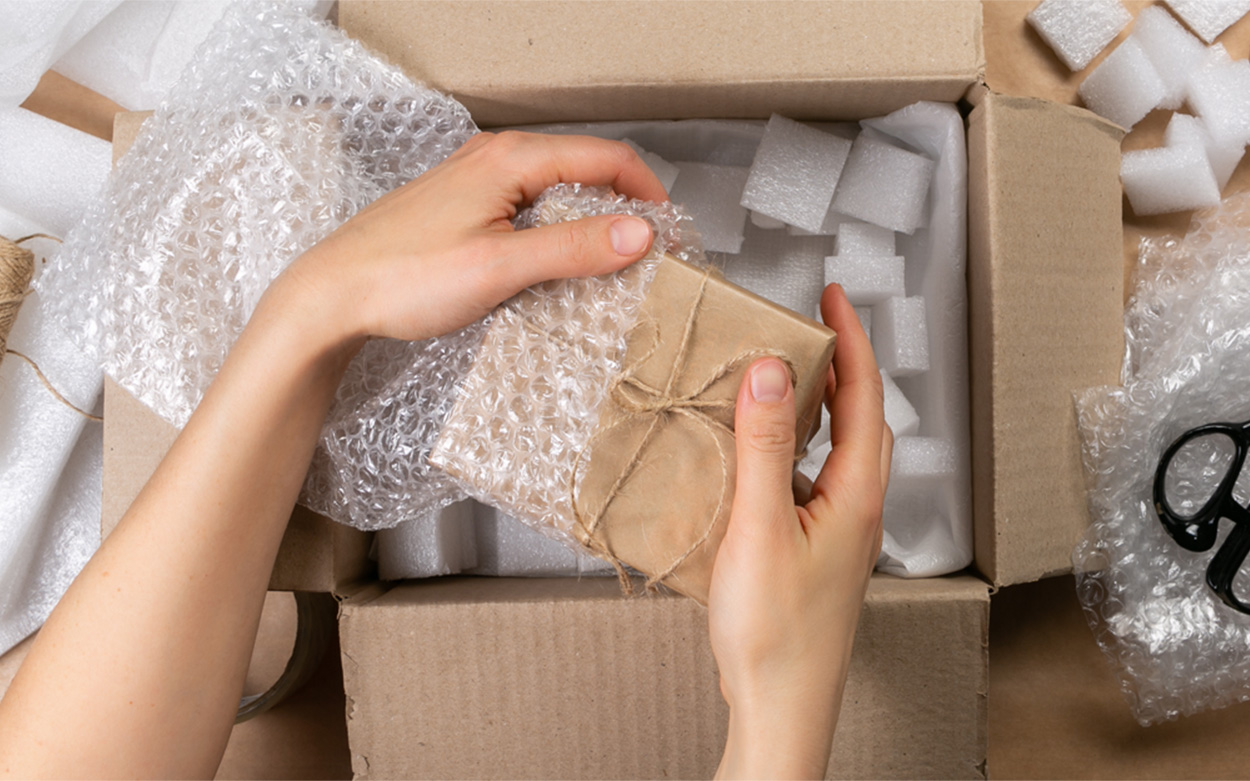
Plastic is probably the most common commodity seen in the packaging industry, and with good reason. Since it’s invention, plastic has been comparatively cheap, easy to manufacture, effective and hygienic, all the things that packaging needs to be.
However, with the Plastic Packaging Tax 2022 (PPT) now upon us, and the new Extended Producer Responsibility legislation due in 2023 (EPR), many companies are having a long hard look at how they can reduce the amount of plastic used in their packaging process.
In this article we’ll look at a number of ways that are worth investigating to reduce the amount of plastic used in your e-commerce processes.
The effects of both the PPT and the EPR legislation can both be mitigated by reducing the amount of plastic used in any process. Whilst PPT only applies to plastics that contain less than 30% recycled content currently, the EPR regulations will be solely focussed on the quantity of plastic and the ease of recycling, so it makes good sense to look strategically now at how you can reduce. There’s a whole host of areas to look at here, including environmentally friendly packaging products, through to recycling. We will dive into a few of them below.
The Honeycomb Paper system makes an excellent replacement for plastic bubble wrap, it’s recycled, recyclable and compostable and it creates a really attractive-looking package.
Used correctly, this can be a cost-neutral switch that will benefit the environment and sends a great message to your customer.
There are a number of paper alternatives for void filling. Look at The Boxer, The X-Pad and X-Fill solutions, all are great alternatives to plastic void fill options, and in most instances, more effective and robust.
Paper tape, there are many iterations of this, however the most economical is gummed paper tape, dispensed from a specialised tape dispenser, either desk mounted or hand-held. This product is so effective that many customers have found that they can downgrade the weight of their boxes as a result – another environmental benefit. For users who prefer to stick with a more conventional application method, the self-adhesive paper tape is a simple and direct equivalent to plastic tapes.
Instead of binning packaging, or recycling it through the waste stream, can you recycle it in-house and re-purpose or reuse it? Here’s just a couple of ideas of how you might be able to do this – admittedly these aren’t all totally focussed on reducing plastic, but the net effects of them will be environmentally beneficial, cost saving and good practice:
Shredded cardboard boxes make fantastic void fill and product protection material. There are a choice of shredders on the market, our favourite is here.
These modern shredders are quiet, clean and dust free and make a really effective void-filling product. For a 1-time capital investment this will be an environmentally positive move and will create packaging cost savings well into the future.